Global energy consumption has reached historic levels. People use more power than ever before, and this trend shows no signs of slowing down. Business leaders face a significant challenge to meet these growing energy needs while safeguarding our planet’s future.
This is where sustainability innovation ideas come into play. We’ve seen remarkable innovations in sustainability transform industries, from solar technology breakthroughs to smart grid solutions. Yet, there’s still enormous potential for new sustainable business and innovation opportunities in the energy sector.
This piece presents a practical framework to develop and prove your sustainable energy solutions right. You will discover the quickest way to spot market gaps, assess concepts, and bring your ideas for sustainable development to life.
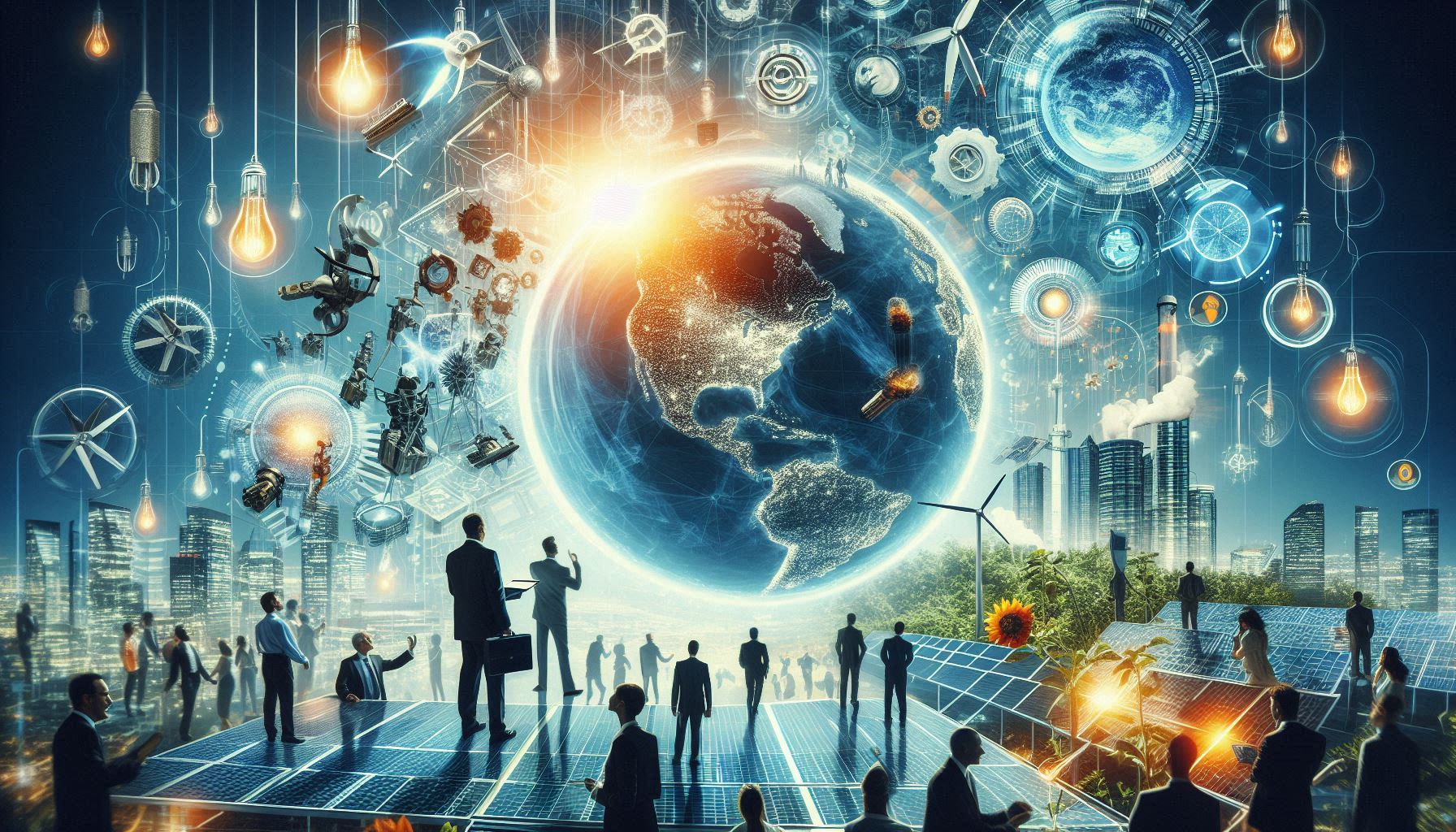
Understanding Innovation Frameworks for Energy Solutions
To develop effective sustainability innovation ideas in the energy sector, we need to understand the power of systematic frameworks. Let’s explore how these frameworks can guide our innovation journey.
Systems Thinking forms the foundation of energy innovation. It helps us see energy challenges as interconnected elements instead of isolated problems 1. This approach becomes especially important with complex energy transitions that need us to understand how heat, power, and transport systems work together.
Here are the key elements needed for successful energy innovation:
- Curiosity to explore new possibilities
- Clarity in understanding market needs
- Compassion for stakeholder impacts
- Choice in selecting solutions
- Courage to implement bold changes 1
The digital world shows that technologies still in prototype or demonstration phases will contribute to almost 35% of CO2 emissions reductions by 2070 2. This explains why we need strong innovation frameworks that can speed up technology development and market adoption.
Solar PV and lithium-ion batteries show us that new clean energy technologies typically need 10 to 30 years from prototype to commercialization 2. We focus on “nondisruptive creation” to speed up this timeline. This approach gets more markets beyond existing industry boundaries and thus encourages more growth without displacing established players 3.
These frameworks help create a positive-sum outcome where business growth lines up with environmental benefits 3. Our solutions become technologically advanced, commercially viable, and eco-friendly through this approach.
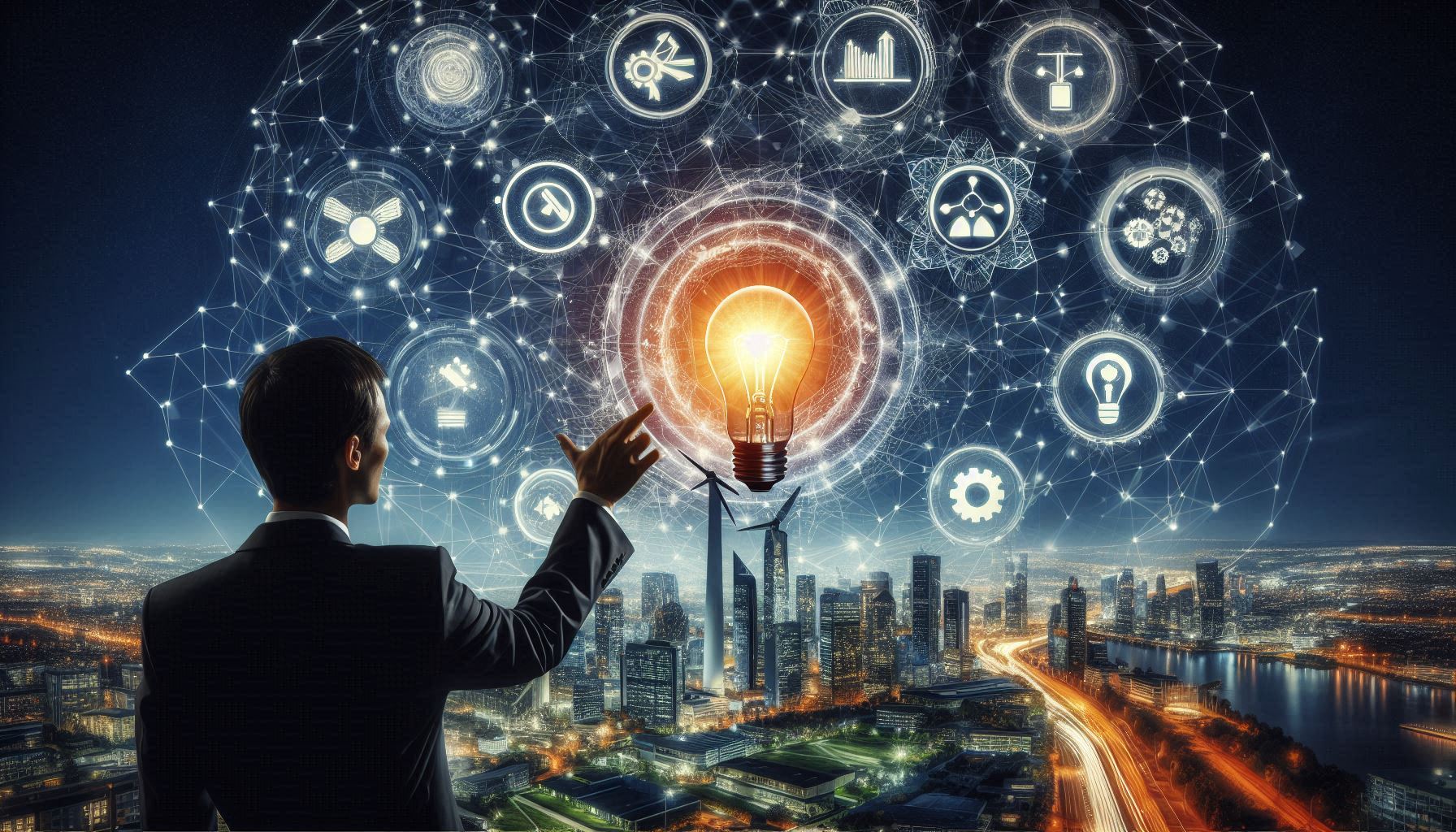
Identifying Market Gaps and Opportunities
The energy landscape shows a remarkable change in business approaches to sustainability. The private sector has become a powerful force that drives climate action and creates many opportunities for breakthroughs.
Corporate commitments to sustainability have grown at an unprecedented rate. More than 4,200 organizations now work with the Science-Based Targets initiative (SBTi), which represents about half of the global economy’s market capitalization 4. This dedication has altered the map of market dynamics, and more than a third of the world’s largest organizations now have public net-zero targets 4.
The value chain emissions reduction market stands out as a promising area. Recent data shows that about 75% of emissions in many industries exist upstream or downstream of core operations 4. This creates major opportunities for:
- Supply chain optimization solutions
- Collaborative procurement platforms
- Environmental impact monitoring tools
- Grid modernization technologies
- Community-focused energy projects
Organizations have changed their approach to review energy projects. Companies now look beyond cost and efficiency to broader environmental and social criteria that include land use, wildlife protection, and community development 4. This development in project evaluation opens doors for sustainable breakthroughs that address multiple stakeholder needs at once.
The market welcomes Innovations in sustainability that help organizations direct renewable energy procurement effectively. Stakeholder expectations for climate action have shaped 2023’s energy landscape 4. Companies need innovative approaches that speed up their transition to sustainable energy solutions.
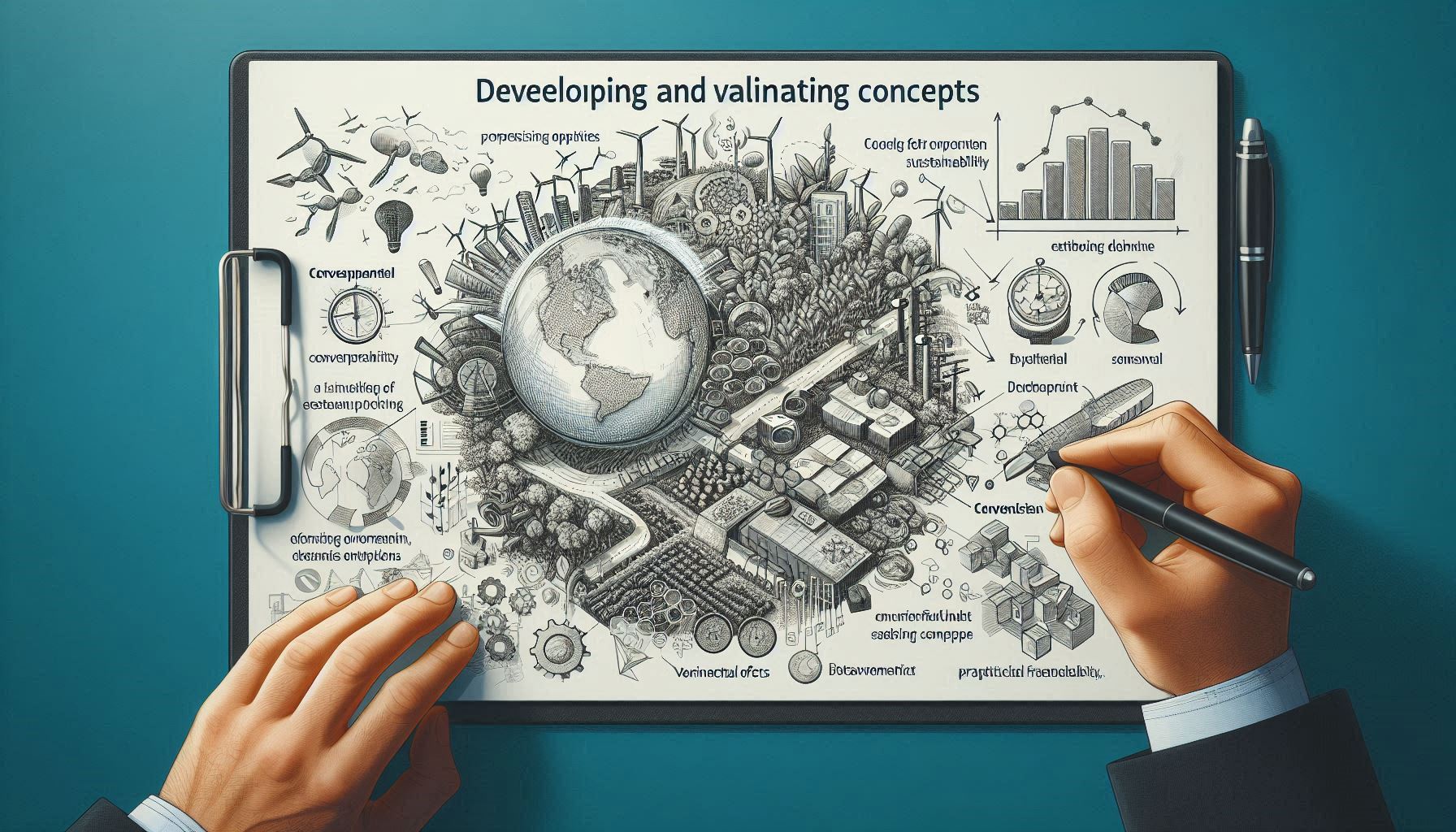
Developing and Validating Concepts
After identifying promising opportunities, the next significant step involves creating and proving our Sustainability Innovation Ideas right. A detailed approach that looks at both environmental effects and practical feasibility leads to successful validation.
The validation metrics come first. Every sustainable energy solution needs assessment of:
- Carbon footprint and eco-costs
- Life cycle environmental effects
- Energy efficiency measures
- Material use efficiency
- Waste reduction potential
Our experience proves that sustainability metrics play a vital role in assessing and improving environmental effects 5. Life Cycle Assessment (LCA) stands out as a detailed method to assess environmental effects throughout a product’s lifecycle 5.
We use rapid prototyping technologies that help minimize material waste and enable quick iterations while developing concepts. This method reduces material consumption by up to 35% compared to traditional methods 6. Digital fabrication technologies have transformed how we create and test sustainable solutions quickly.
The Technology Readiness Level (TRL) scale guides our technology validation, starting from simple principles (TRL 1) to full commercial operation (TRL 9) 2. This systematic approach ensures our innovations work both in theory and practice.
Note that validation goes beyond the original design phase. The product’s entire lifecycle needs attention, including serviceability, maintenance, and end-of-life recycling 7. Early incorporation of these elements helps create lasting sustainable solutions that endure over time.
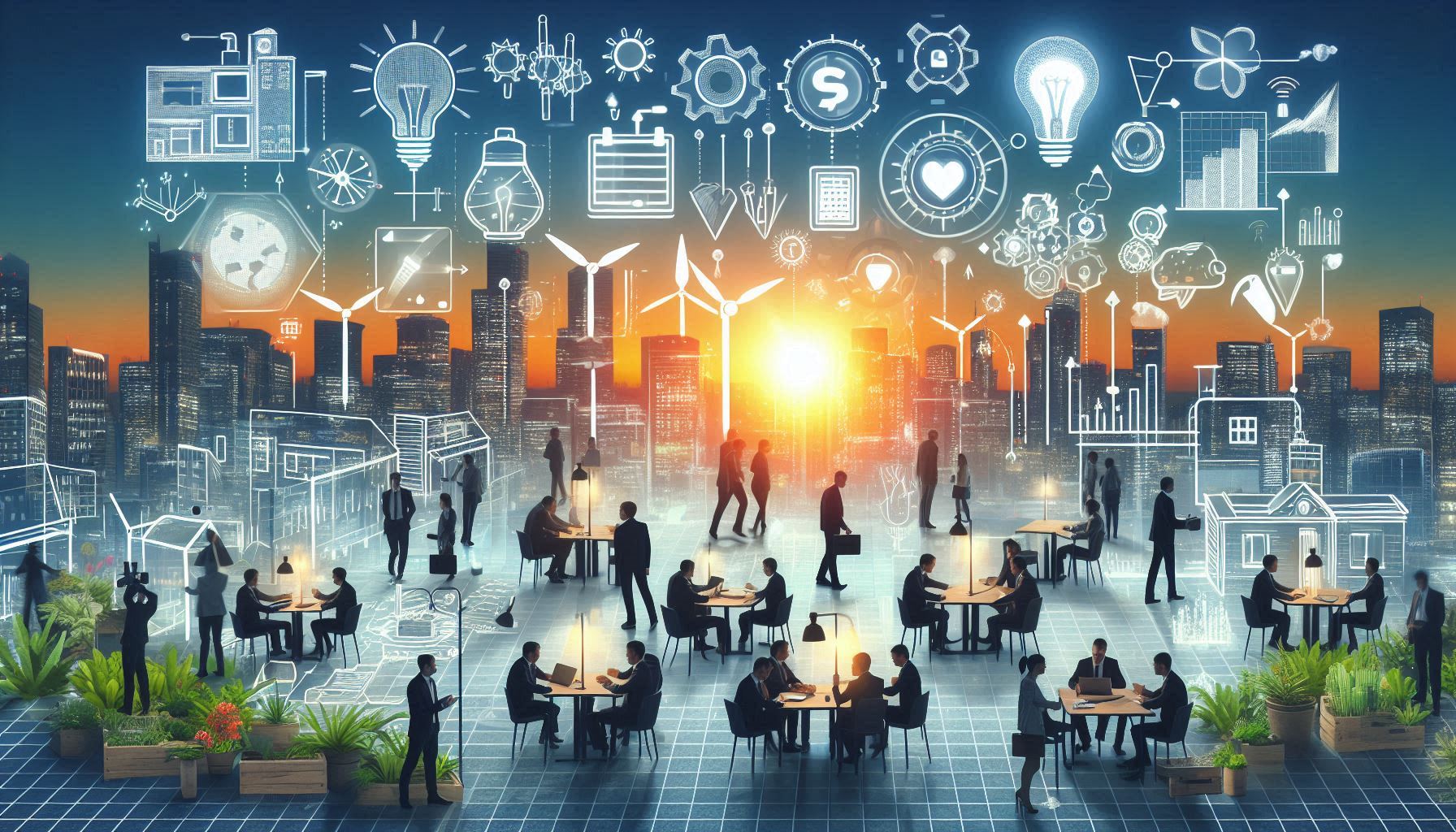
Conclusion
Innovations in sustainability paves the way forward as we face rising energy needs and environmental challenges. We have explored innovation frameworks, market opportunities, and validation methods that show how practical approaches can turn promising ideas into real-world applications.
Clean energy innovation requires more than technical excellence. A combination of systems thinking and market understanding ensures our ideas tackle both environmental effects and business success. Quick prototyping and lifecycle assessments create solutions with lasting value.
Businesses stand ready to accept new environmentally responsible energy ideas, especially when you have value chain emissions to consider. Advanced technology and growing environmental awareness create ideal conditions for new ideas to succeed.
Note that environmentally responsible innovation is an experience that never ends. Every step toward cleaner energy builds momentum for wider changes and brings us closer to an energy future that works for business and nature alike.
Looking for Premium maps, please visit our affiliate site: https://editablemaps.com/ or https://ofomaps.com/
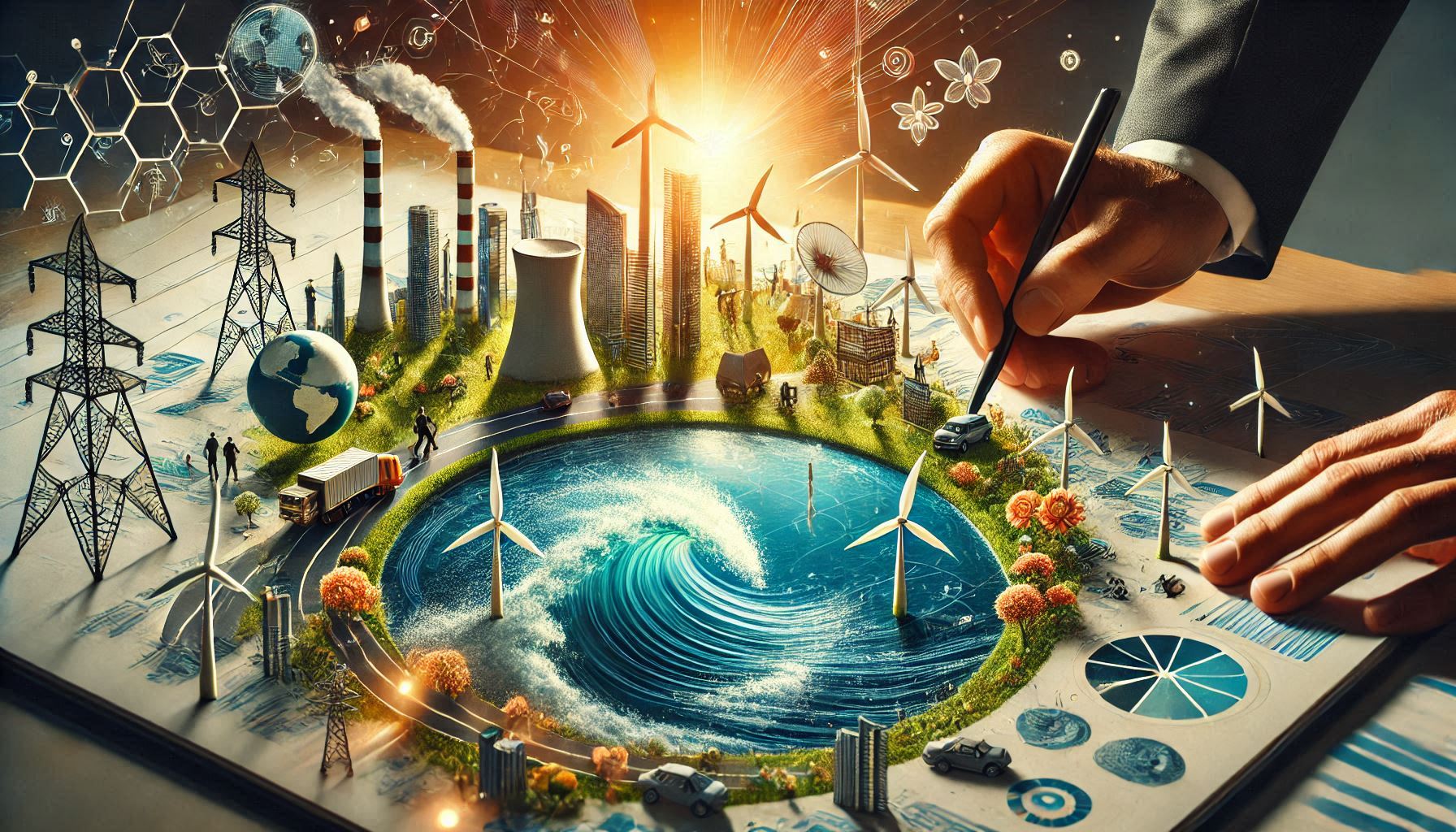
References
[1] – https://es.catapult.org.uk/guide/systems-thinking-in-the-energy-system/
[2] – https://www.iea.org/reports/clean-energy-innovation/innovation-needs-in-the-sustainable-development-scenario
[3] – https://www.blueoceanstrategy.com/blog/nondisruptive-approach-to-environment/
[4] – https://www.enelnorthamerica.com/insights/blogs/stakeholder-pressure-for-sustainability
[5] – https://fiveable.me/green-manufacturing-processes/unit-12
[6] – https://jp-murphy.com/blog/sustainability-in-rapid-prototyping/
[7] – https://blogs.sw.siemens.com/thought-leadership/2023/11/14/validating-a-sustainable-design/














